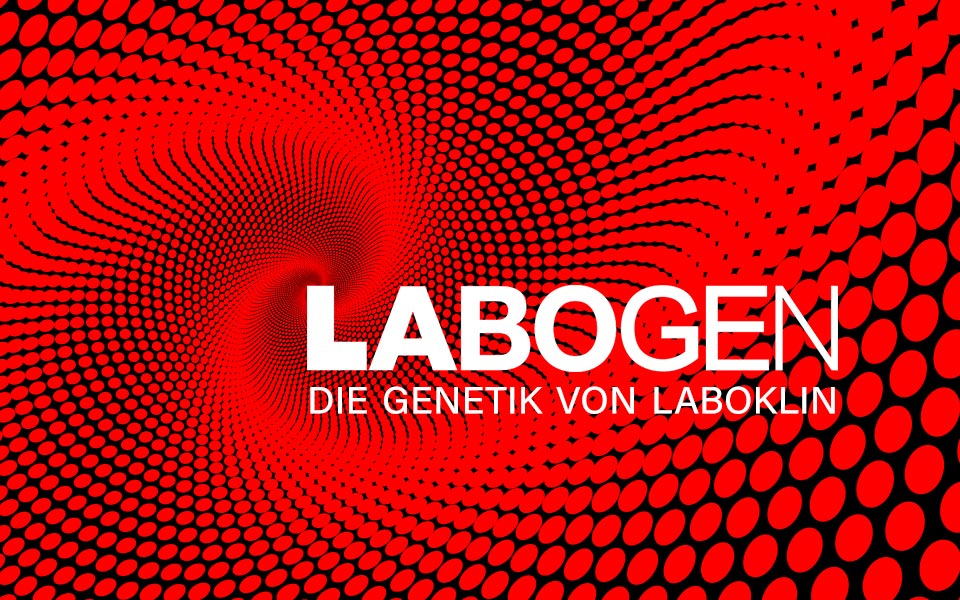Hereditary cataract (HSF4) – Australian Shepherd, Miniature American Shepherd, Wire-Haired Pointing Griffon Korthals, Wäller
Hereditary cataract (HSF4)
General description
Cataract means reduced transparency (opacity) of the eye lens that is normally clear. The cataract develops in the nuclear region and may lead to complete blindness. First symptoms mostly, but not exclusively, start at young age. In Australian Shepherds a mutation in the HSF4 gene was found to be a high risk factor for cataract, while in the breed Wire-Haired Pointing Griffon a mutation in the FYCO1 gene causes cataract.
Breeds
Australian Shepherd, Miniature American Shepherd, Wire-Haired Pointing Griffon Korthals, Wäller
Detailed description
Hereditary Cataract - Wire-Haired Pointing Griffon Korthals
Cataract means reduced transparency (opacity) of the eye lens that is normally clear. In the breed Wire-Haired Pointing Griffon the causal variant in the FYCO1 gene of a juvenile form of cataract has been identified. This disease is inherited in an autosomal-recessive manner.
Order details
| Test number | 8157 |
| Sample material | 0.5 ml EDTA blood, 2x cheek swab, 1x special swab (eNAT) |
| Test duration | 7-14 working days |
Test specifications
| Symptom complex | ophthalmic |
| Inheritance | autosomal recessive |
| Gene | FYCO1 |
| Mutation | DEL |
| Literature | OMIA:002536-9615 |
Hereditary Cataract - Australian Shepherd, Miniature American Shepherd, Wäller
Cataract means reduced transparency (opacity) of the eye lens that is normally clear. The hereditary cataract (HC) in Australian Shepherds is based on a mutation in the HSF4 gene considered as risk factor. It has been published that dogs carrying the mutation show a 17-fold increased risk to develop cataract compared to dogs free of the mutation. Heterozygous carriers of only one mutated HSF4 gene predominantly suffer from posterior polar subcapsular cataract (PPSC). This form does not necessarily impair vision in the Australian Shepherd breed. However, dogs homozygous affected by the HSF4 mutation show a more severe progress of the disease. The cataract develops in the nuclear region and may lead to complete blindness. The age of onset is not clearly defined. Current scientific data suggests an autosomal-recessive mode of inheritance with at least one other genetic factor. This defect and the potential genetic factor are still subject of ongoing scientific research.
Order details
| Test number | 8157 |
| Sample material | 0.5 ml EDTA blood, 2x cheek swab, 1x special swab (eNAT) |
| Test duration | 7-14 working days |
Test specifications
| Symptom complex | ophthalmic |
| Inheritance | autosomal recessive |
| Causality | risk factor |
| Gene | HSF4 |
| Mutation | DEL |
| Literature | OMIA:001758-9615 |




